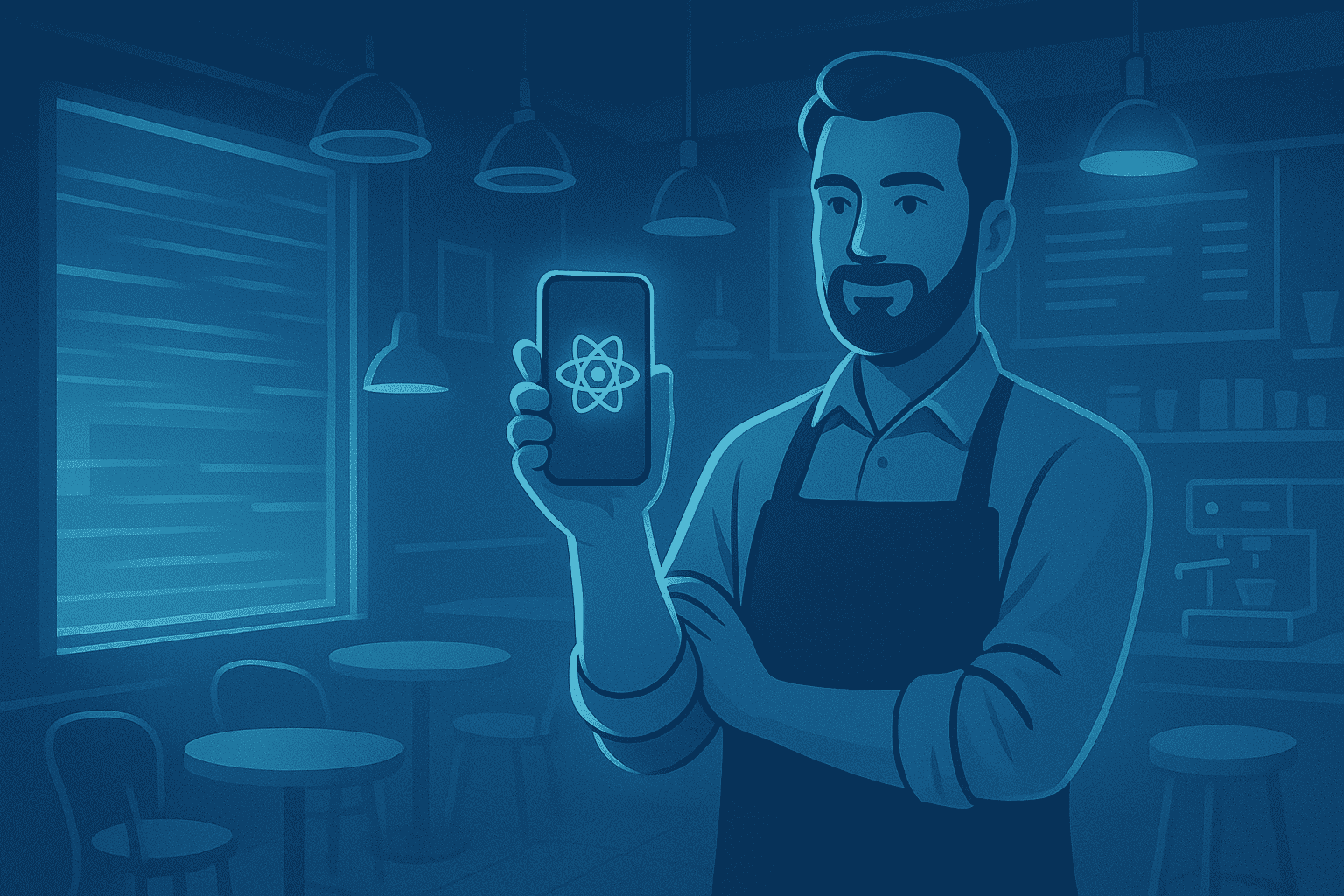Clarity Drives Efficiency
Ambiguity is the enemy of progress. Clear, open communication ensures everyone understands their role, the project’s goals, and the next steps. When instructions are vague or assumptions go unchecked, teams waste time untangling misunderstandings. To avoid this, establish straightforward channels for updates and feedback. Whether it’s through concise emails, structured project management tools, or quick check-ins, clarity keeps everyone aligned and moving forward. Proactively addressing questions and confirming understanding early prevents costly delays down the line.
Preparation Powers Productive Meetings
Meetings can either be a catalyst for progress or a drain on time. The difference lies in preparation. Before gathering, teams should have a clear overview of the project’s status: what’s on track, what’s blocked, and why. This bird’s-eye view allows discussions to focus on solutions rather than rehashing problems. Encourage team members to come equipped with data, insights, and specific questions. This approach transforms meetings into collaborative problem-solving sessions, ensuring every minute spent drives the project closer to completion.
Realistic Planning Delivers Results
Optimism is great, but it doesn’t meet deadlines. Planning with your team’s actual capacity—often called team velocity—sets achievable timelines. Overestimating what a team can accomplish in a sprint or quarter leads to burnout and missed targets. Instead, analyze past performance to gauge realistic bandwidth. Factor in potential roadblocks like resource constraints or competing priorities. By grounding plans in reality, teams can set expectations that are ambitious yet attainable, building momentum with every milestone achieved.
Navigate Cultural Nuances with Care
In cross-functional or global teams, cultural differences can subtly impact collaboration. A “yes” in one culture might mean “I agree,” while in another, it could simply signal “I hear you.” Misinterpreting these cues can lead to misaligned expectations. To bridge gaps, practice active listening and ask clarifying questions. Pay attention to non-verbal signals or hesitations that might indicate uncertainty. Building cultural awareness fosters trust and ensures everyone is truly on the same page.
Focus on Progress, Not Perfection
The ultimate goal isn’t to prove someone wrong—it’s to deliver a product that meets its objectives. When discussions stay anchored in shared goals, empathy, and transparency, teams can sidestep blame and focus on solutions. This mindset builds trust, encourages accountability, and creates a culture where everyone is invested in the outcome.
By embracing clarity, preparation, realistic planning, cultural sensitivity, and a solution-oriented approach, teams can transform challenges into opportunities. This shift not only delivers projects on time but also strengthens collaboration and trust, paving the way for long-term success.
Share via:



